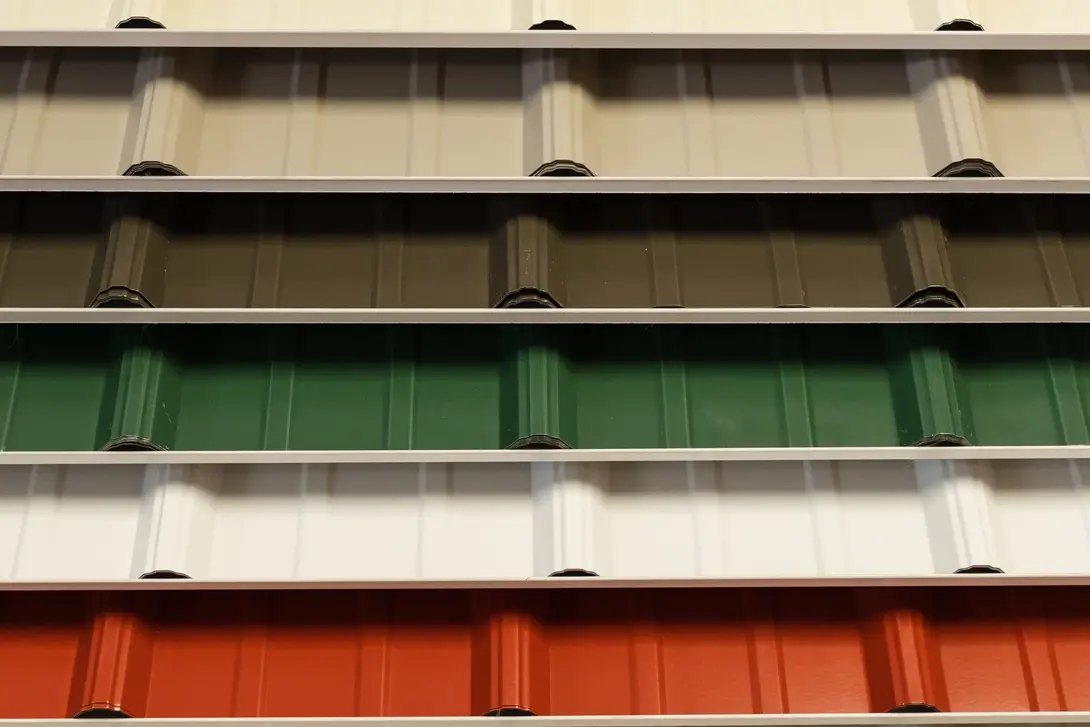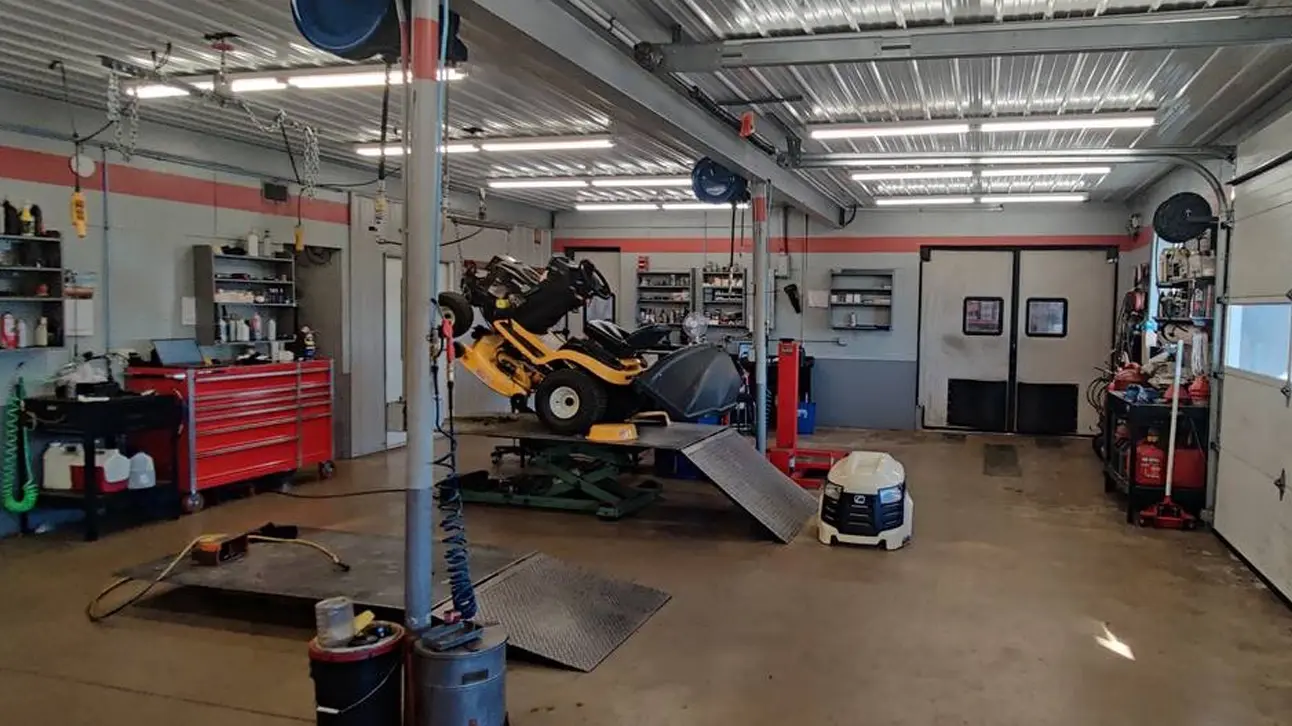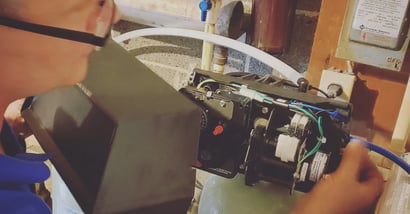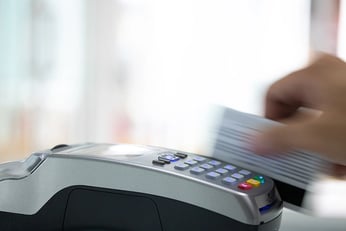With all the factors in play, setting fair pricing can be a real challenge. You need to make sure you stay competitive, while still keeping enough margin to make your business profitable.
A lot of business owners choose flat pricing – where every customer pays the same fixed price – because it’s easy to understand and doesn’t require a lot of administrative work to oversee.
But what happens when your biggest customer wants you to match a competitor’s price? You can’t afford to drop the price for everyone, but you also can’t afford to lose this customer’s business.
It’s time to implement tiered pricing.
In this article we’ll discuss:
- The problem with flat pricing models
- The case for tiered pricing
- The role of ERP in pricing optimization
- How an ERP helps you handle tariffs and other external price factors
The Problem with Flat Pricing Models
Flat pricing seems to be the easiest way to go, because it’s simple to implement. However, it doesn’t account for everything required to manage your customers.
Say you sell hydraulic hose fittings to a small-volume customer who orders by the piece, enjoys regular conversations with you to build trust, and consistently needs help from customer service. He’s a good customer, but he takes more time and effort than a high-volume customer who orders cases of fittings and rarely needs your time or attention. If you’re applying the same price to both customers, you’re not accounting for your time, your employees’ labor, and the cost to track individual pieces of inventory.
The Case for Tiered Pricing
Tiered pricing, however, takes into account these differences in your customer base, allowing you to strategically align your pricing with the real cost of business, and in a way that keeps your business sustainable.
With tiered pricing, you charge different amounts to customers based on their purchasing volume, or the units of measure they order in, or their strategic value to you as a customer.
For example, a plumbing supply company sells couplers by the piece to customers who only need one or a few at a time for small jobs and charge a per unit price. At the same time, their large plumbing business customers receive discounts in exchange for ordering cases of couplers. Using this approach means the business can stay competitive for their high-value clients while keeping small accounts profitable.
As a small business owner, it can feel unfair to charge smaller customers more money. You might ask, why should they pay higher prices than a big customer? But remember the example of the small customer who buys hose fittings by the piece and takes more of your time versus the high-volume hands-off customer? Tiered pricing allows you to balance those differences and maintain a thriving business (which is a benefit to all of your customers). You can’t help any customer if you can’t afford to stay in business!
The Role of ERP Systems in Pricing Optimization
Strategic pricing is an excellent idea in theory, but if you want to put it into practice, you’ll need the right tools. Some businesses try to give discounts or offer temporary special pricing by using pen and paper or handshake deals. The problems come when those deals don’t get communicated to the whole company.
Say a sales rep offers a special discount to your best customer but forgets to let the rest of your team know. Then one of your customer service reps quotes a job for that customer, but the rep is unaware of the discount agreement. Now you have an angry customer looking at a quote for way more than he expected and frustrated staff complaining that they never know what’s going on.
This is where ERP (Enterprise Resource Planning) systems come in. Modern ERP solutions let you:
- assign custom pricing
- automate discount schedules
- adjust your prices based on cost changes or seasonal promotions
When a salesman offers a discount or special pricing to a customer, he puts it into the ERP and it’s reflected on every invoice for that specific customer and accessible to every team member who interacts with that customer. He doesn’t need to remember to tell the rest of the team if he documents it in the system.
The ERP lets you put dates around your special pricing, too. Say you want to offer customers a month-long discount around a tradeshow happening in your industry. You can configure your ERP to set a limited-time discount (with clear start and end dates) across select products for specific customers.
Since the system manages the pricing for you, you won’t need to rely on the memory or notetaking abilities of your team to manage the discount for specific products or go back in to update the pricing when the discount expires.
Managing the Impact of Tariffs with ERP
Tariffs and trade policy shifts can introduce sudden and unpredictable price changes to your imported goods, but there are two important ways an ERP can help you manage those changes.
First, an ERP can link directly to your supplier’s price file. As your supplier updates their pricing, those prices are directly imported to your system and your product prices are updated across the board. If your vendor sells 100,000 products but you distribute only 2,000 of those, a good ERP system can distinguish which products are relevant to you and make updates to the products you carry. The system can be automated to check for updates, or you can click a button to update pricing. This saves your team hours of time in administrative work, especially if pricing is changing frequently.
Second, an ERP can give you insight into the true amount of money you're spending to bring in inventory. From tariffs to freight to insurance (also known as landed costs), your ERP can help you set pricing with the full picture in view.
Let’s say you are a furniture manufacturer, aiming for a 20% margin on your products. You buy lumber from a supplier in Canada at $350 USD per bundle and price your furniture accordingly. A few government negotiations later, tariffs increase. The landed costs suddenly go up and your margin percentage goes down, unless you have a system that can react in real time to these types of changes.
When you add tariffs or other expenses—your landed costs—into your ERP, it helps you understand the actual price of getting products to your shelves. So if tariffs add an additional 17%, you gain insight into your true cost, allowing you to adjust your pricing and preserve your margins.
Even as tariffs change or are removed, landed costs like freight or insurance continue to affect your margins, and an ERP helps you track them with ease.
The Bottom Line
Tiered pricing lets you preserve healthy margins and run a sustainable business, because it takes factors other than price into account and reflects your true costs.
It can be difficult to manage tiered pricing with QuickBooks or pen and paper, but using an ERP makes it much simpler to implement. You get fast insight into all the costs associated with your inventory, giving you confidence to set and adjust your prices in ways that make sense in your market and keep your business healthy.
--
If you’re looking to implement tiered pricing or need a better system to give you the pricing insight you need, we’d love to help you put the right tools to work. Reach out or set up a demo here!

Melanie Hess is a content writer at Koble. She loves diving into relevant business topics and sharing what she learns through writing articles, blog posts, and more. When she's not learning about ERP implementation, business financials, or inventory management, she likes long walks, podcasts, and trivia competitions.






